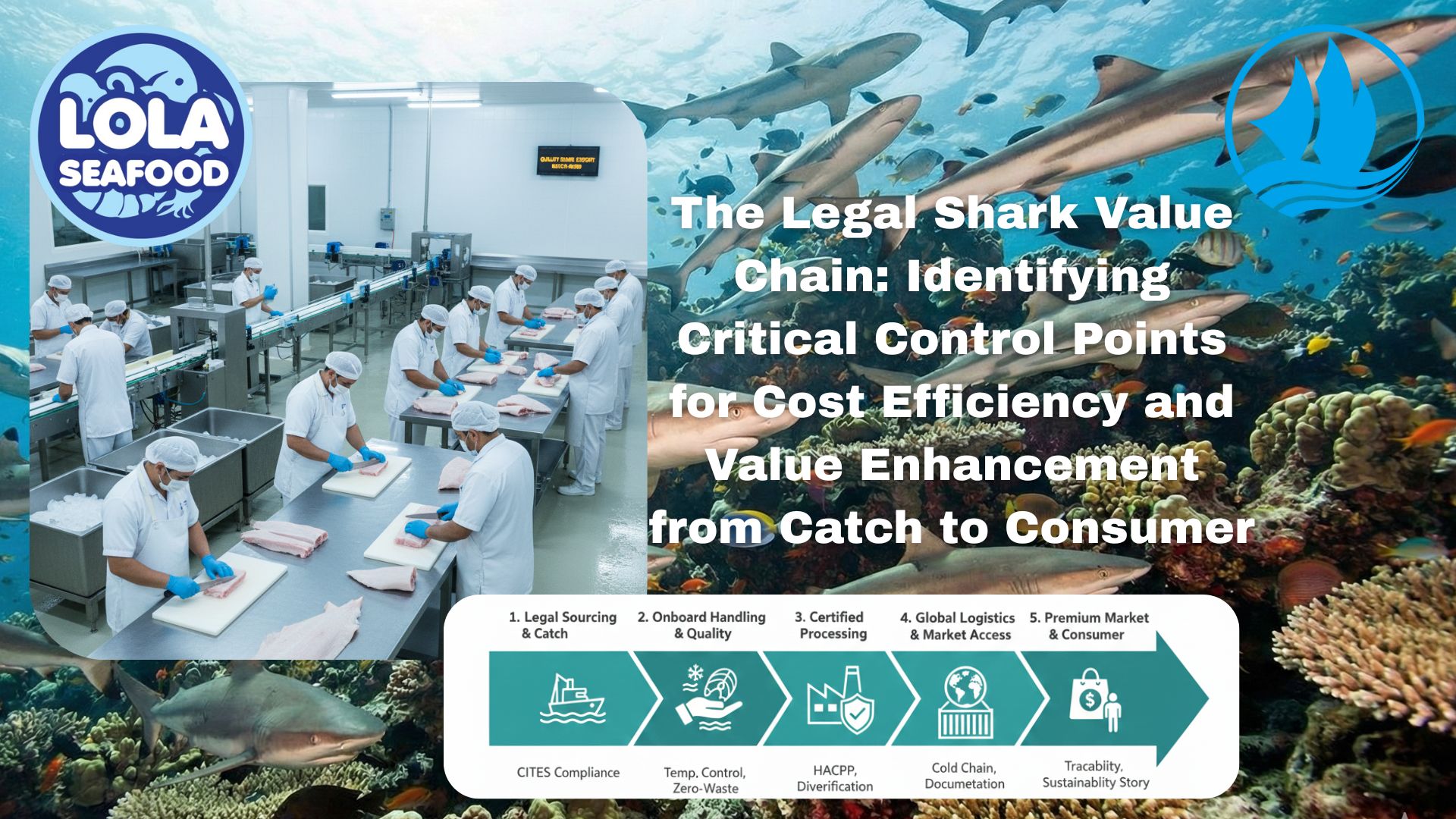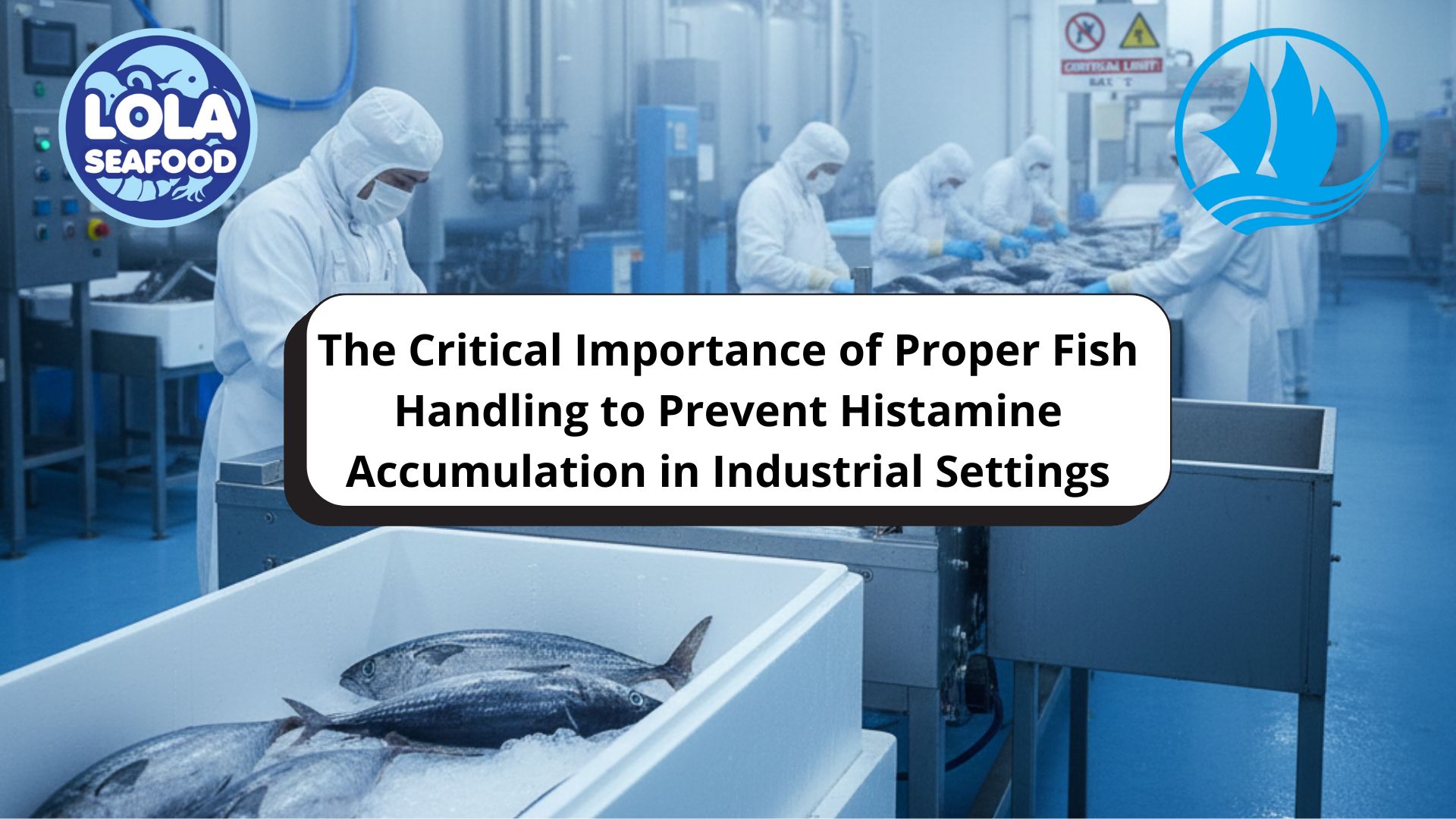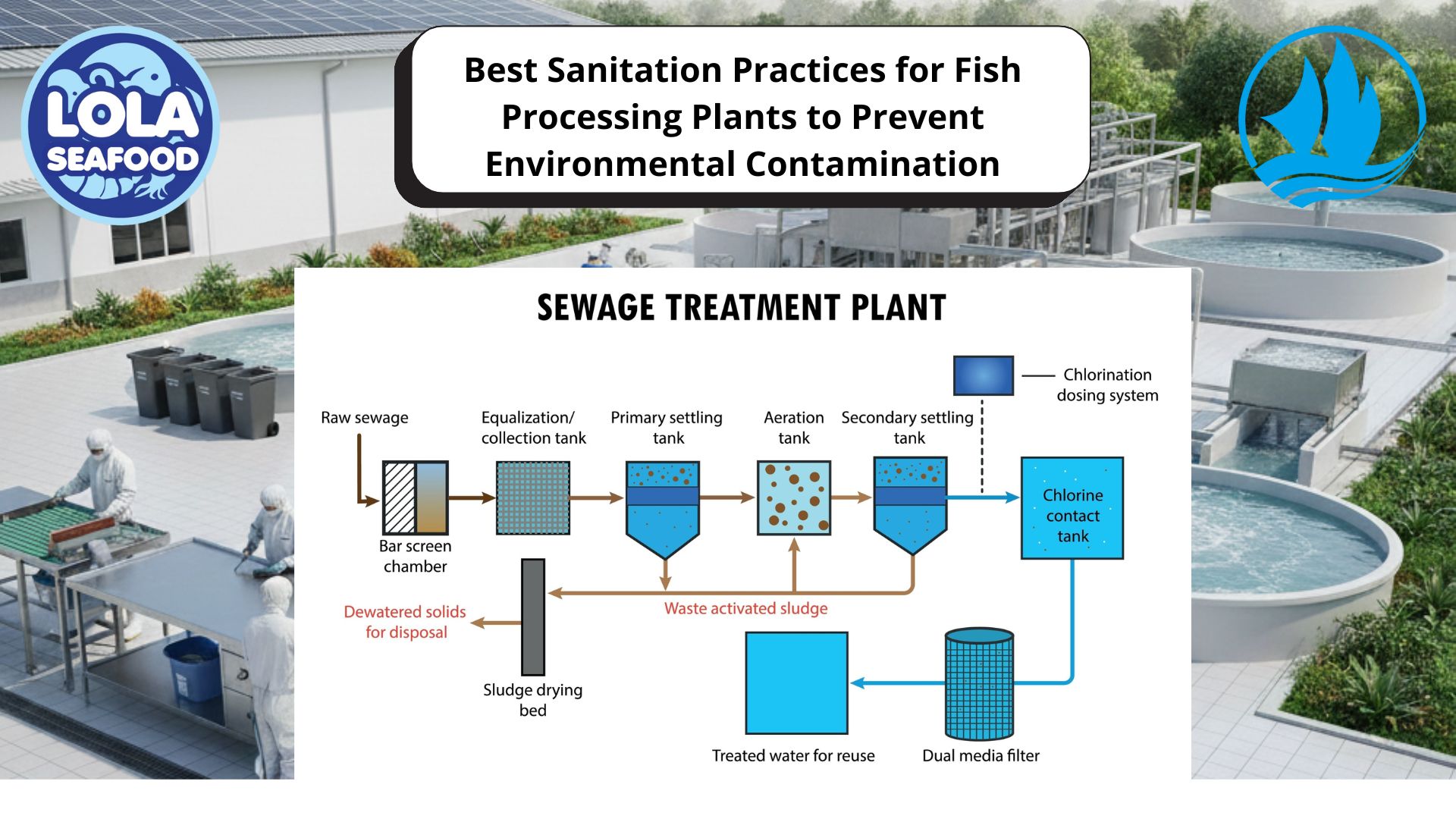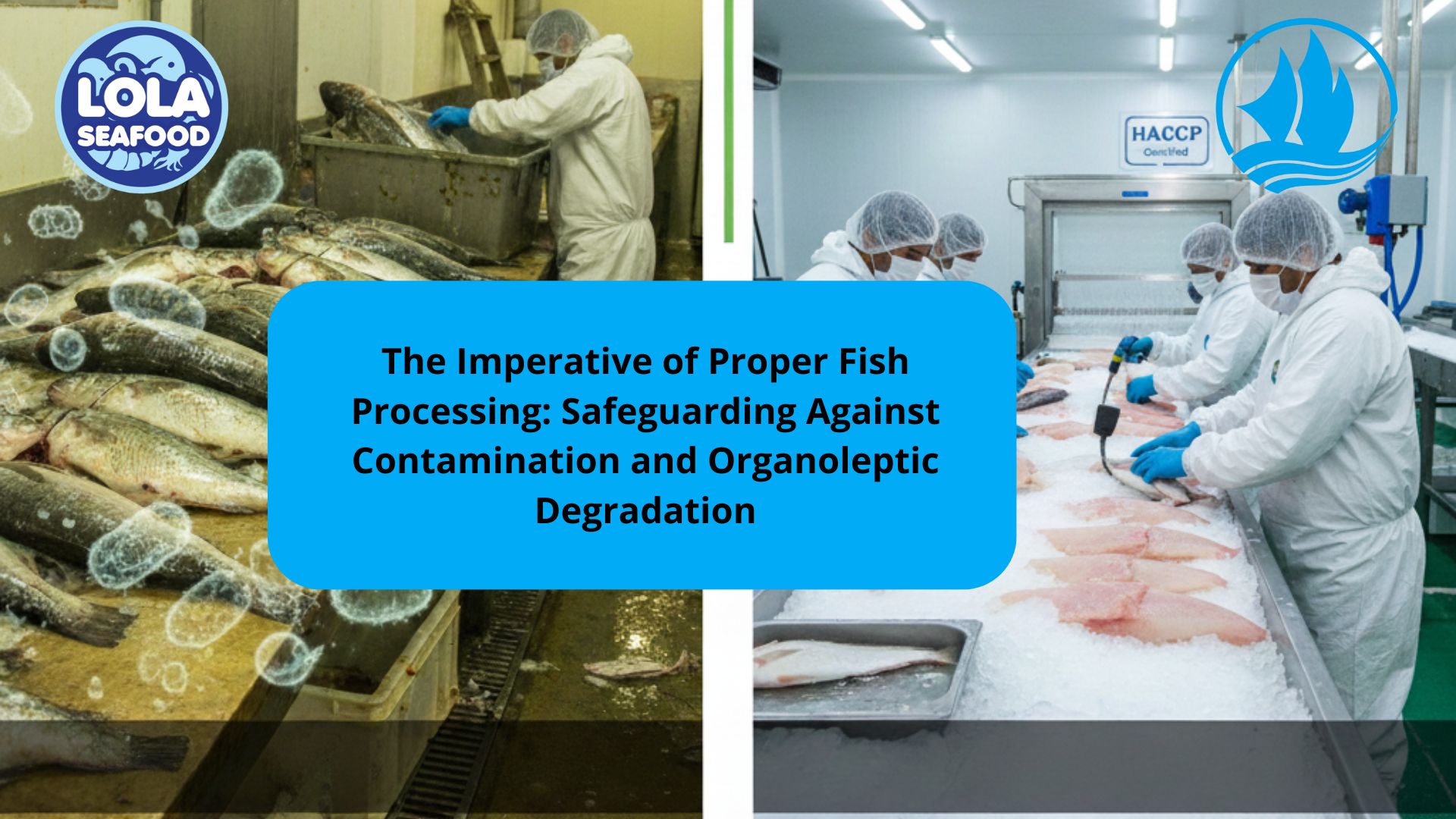HOW TO KEEP RAW FISH
By. Najih - 14 Aug 2024.jpg)
Fish is known for its delicate meat that can be cooked in several dishes. Fish is in direct contact with water, where most foodborne illnesses are transmitted. To prevent causing food poisoning among consumers, fish must be stored and cooked thoroughly to the correct internal temperature. Harmful bacteria or enzymatic reactions can cause spoilage of fish. Both potential causes of spoilage in fish can be significantly controlled or even prevented when stored at a cold temperature.
Raw fish is considered a highly perishable food and must be properly held to maintain safety and freshness. It can spoil fast even during transport. When you keep fish in the fridge, the cold temperature will significantly prevent spoilage. That is why controlled-temperature storage is always recommended when handling fish.
Raw fish and shellfish should be kept in the refrigerator (40 °F/4.4 °C or less) only 1 or 2 days before cooking or freezing. After cooking, store seafood in the refrigerator 3 to 4 days. Any frozen fish or shellfish will be safe indefinitely; however, the flavour and texture will lessen after lengthy storage. For best quality, freeze (0 °F / -17.8 °C or less) cooked fish for up to 3 months. Frozen raw fish is best used within 3 to 8 months; shellfish, 3 to 12 months. Seafood should never be left out over two hours.
In general, microorganisms affect the shelf life of food, and refrigeration slows the activity of microorganisms lengthening food’s shelf life – and this is also true for fish. However, conventional fridges are often too warm for refrigerating fish and shellfish, which are best-stored temperatures of between -2°C and maximum 4.4 °C. Therefore, fresh fish will only keep for a day when stored in a conventional refrigerator. Of course, you could lower the overall temperature in your refrigerator, but this would make it too cold for most other foods. The best way forward, in this case, is to fill a lidded container with ice cubes, and store

The Legal Shark Value Chain: Identifying Critical Control Points for Cost Efficiency and Value Enhancement from Catch to Consumer

Global Trust Across Three Segments: How the HACCP System Ensures Premium Quality for Demersal, Pelagic Fish, and Legal Shark Product Utilization
.jpg)
Green Investment, Profitable Harvest: How Sustainability Practices Reduce Operating Costs in Fish Fillet Processing Plants (Skin-On and Skin-Less)
 in Meeting Global Protein Demand Sustainably.jpg)




